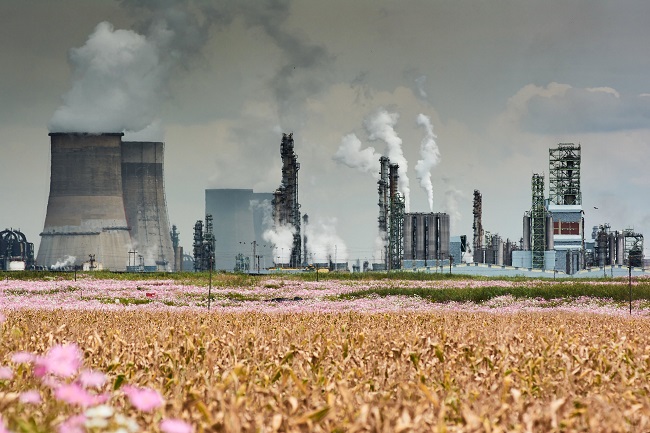 English
English

The existing climate pledges made by the world are insufficient to keep the 2015 Paris Agreement’s aim within reach. It is anticipated that global warming will exceed the 1.5-degree Celsius threshold. Read more on Dynamite News:

Washington [US]: The existing climate pledges made by the world are insufficient to keep the 2015 Paris Agreement's aim within reach. It is anticipated that global warming will exceed the 1.5-degree Celsius threshold.
While exceeding the 1.5-degree limit appears inevitable, the researchers chart several potential courses in which the overshoot period is shortened, in some cases by decades.
According to new research led by scientists at the Department of Energy's Pacific Northwest National Laboratory, the University of Maryland, and the U.S. Environmental Protection Agency, nations can reduce the amount of time spent in a warmer world by making more ambitious climate commitments and decarbonizing quicker.
They caution that this is the only approach to reduce overshoot.
The study was published in the journal Nature Climate Change, during the 2022 United Nations Climate Change Conference, also known as COP27, held in Sharm El Sheikh, Egypt.
"Let's face it. We are going to breach the 1.5 degrees limit in the next couple of decades," said corresponding author and PNNL scientist Haewon McJeon. "That means we'll go up to 1.6 or 1.7 degrees or above, and we'll need to bring it back down to 1.5. But how fast we can bring it down is key."
Every second the overshoot is reduced, the longer we have to avoid the worst effects of climate change, such as extreme weather and rising sea levels. Gokul Iyer, the lead author and a scientist at the Joint Global Change Research Institute, a collaboration between PNNL and the University of Maryland, warned that abandoning or postponing more ambitious goals could have "irreversible and harmful implications for human and environmental systems."
"Moving fast means hitting net-zero pledges sooner, decarbonizing faster, and striking more ambitious emissions targets," said Iyer. "Every little bit helps, and you need a combination of all of it.
But our results show that the most important thing is doing it early. Doing it now, really."
During COP26 in 2021, the same research team found that the then-updated pledges could substantially increase the chance of limiting warming to 2 degrees Celsius over pre-industrial levels. In their new paper, the authors take an additional step in answering the question of how to move the needle from 2 to 1.5 degrees.
"The 2021 pledges don't add up to anywhere near 1.5 degrees - we are forced to focus on the overshoot," said PNNL scientist Yang Ou, who co-led the study. "Here, we're trying to provide scientific support to help answer the question: What type of ratcheting mechanism would get us back down and below 1.5 degrees? That's the motivation behind this paper."
To investigate what level of warming would probably occur after each possible course of action, the authors create scenarios using a total of 27 emission paths, each with varying levels of ambition.
The authors start out by assuming that nations will adhere to their long-term plans and emission promises on schedule.
In more ambitious scenarios, the authors simulate how much global warming is prevented when nations accelerate their net-zero pledge deadlines and reduce carbon emissions.
Their findings highlight the importance of "ratcheting near-term ambition," which calls for drastic cuts in carbon dioxide emissions from all energy-related sectors beginning immediately and continuing through 2030.
If countries uphold their nationally determined contributions through 2030 and follow a two per cent minimum decarbonization rate, for example, global carbon dioxide levels would not reach net zero this century.
Taking the most ambitious path outlined, however, could bring net-zero carbon dioxide emissions by 2057. Such a path, the authors write, is marked by "rapid transformations throughout the global energy system" and the scaling up of "low-carbon technologies like renewables, nuclear energy, as well as carbon capture and storage."
If countries uphold their nationally determined contributions through 2030 and follow a two per cent minimum decarbonization rate, for example, global carbon dioxide levels would not reach net zero this century.
Taking the most ambitious path outlined, however, could bring net-zero carbon dioxide emissions by 2057. Such a path, the authors write, is marked by "rapid transformations throughout the global energy system" and the scaling up of "low-carbon technologies like renewables, nuclear energy, as well as carbon capture and storage."
The most ambitious scenarios presented in their work.(ANI)
No related posts found.
No related posts found.